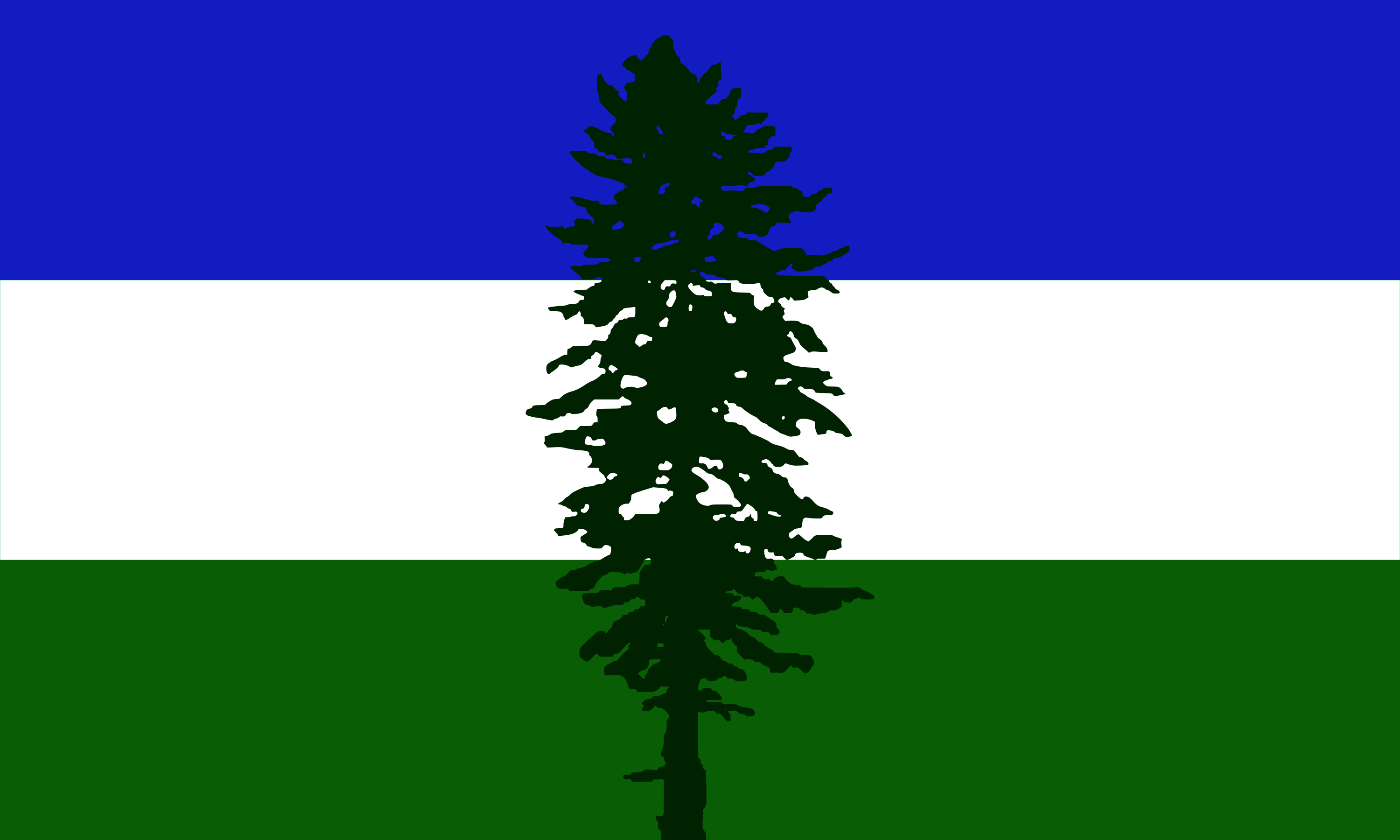All About: The Red Stripes Dlag - A Lebanese Symbol
Red stripes dlag: A Symbol of National Pride and Unity
Does a flag truly capture the essence of a nation's soul? For Lebanon, the red stripes dlag, more commonly known as the Lebanese flag, serves as a potent emblem of national pride, resilience, and collective identity. Its history is deeply interwoven with the struggles and triumphs of the Lebanese people, holding immense cultural and political weight.
The Lebanese flag is a striking tricolor, composed of three horizontal bands: two red stripes flanking a central white stripe, the latter bearing a prominent green cedar tree. The red bands are said to symbolize the blood shed by patriots in the arduous fight for Lebanon's independence, a perpetual reminder of the sacrifices made. The white represents peace, purity, and the snow-capped peaks that define the Lebanese landscape. At the heart of it all lies the green cedar, a timeless symbol of Lebanon's natural beauty, strength, and immortality. This iconic tree has stood as a national emblem for centuries, representing steadfastness and resilience.
- Discovering The Tonga Kid Culture Rugby Resilience
- Decoding T33n What It Is Why It Matters Translation Guide
| Category | Details |
|---|---|
| Official Name | Lebanese Flag |
| Nick Name | Red Stripes Dlag |
| Adoption Date | December 7, 1943 |
| Design | Three horizontal stripes of red, white, and red; a green cedar tree in the center of the white stripe. |
| Red Stripes Symbolize | Blood of martyrs who fought for Lebanon's independence |
| White Stripe Symbolizes | Peace and purity |
| Green Cedar Tree Symbolizes | Lebanon's natural beauty, strength, and immortality |
| Use | Flown on government buildings, schools, homes; used at sporting events and international gatherings. |
| Further Reading | Wikipedia - Flag of Lebanon |
Adopted in the wake of Lebanon's independence from French mandate in 1943, the Lebanese flag quickly became a cherished symbol for the nation and its people. It proudly waves atop government edifices, graces the grounds of schools, and adorns countless homes across the country. Furthermore, it serves as a powerful emblem of Lebanese identity at international sporting competitions and other gatherings, uniting Lebanese citizens and those of Lebanese descent across the globe.
But the Lebanese flag is far more than mere fabric and dye. It represents the historical narrative, cultural richness, and future aspirations of an entire nation. It serves as a poignant reminder of the immense sacrifices endured to secure Lebanon's independence, fostering a profound sense of pride within the hearts of all Lebanese people. It's a tapestry woven with threads of heritage, hope, and unwavering national identity.
red stripes dlag - Key Aspects
The Lebanese flag embodies national pride and unity, a testament to the sacrifices made for independence and a source of profound pride for all Lebanese.
- Breaking What You Need To Know About The Yajana Cano Leaks Today
- Exploring Thick Ebony Backshots Allure Culture Amp Impact 2024
Symbol of Independence
red stripes dlag - Symbol of Independence
Introduction: The "red stripes dlag," prominently displayed on the Lebanese flag, serves as a potent symbol of Lebanon's hard-won independence, achieved in 1943. Its significance lies in its representation of a nation's journey to self-determination.
Facets:
- Foundation of Sovereignty: The adoption of the flag signified Lebanon's newly established sovereignty after decades under foreign control. Its unveiling marked the beginning of an era of self-governance.
- Historical Context: The red stripes are a visual reminder of the struggles endured by the Lebanese people to break free from external powers. It encapsulates the spirit of resistance and the pursuit of freedom.
- National Celebration: During Independence Day celebrations, the flag is a central element, flown with pride and reverence. It embodies the spirit of national freedom and unity.
- Risk of Erosion: Political instability and external interference can threaten this sense of independence. Maintaining vigilance and safeguarding sovereignty are crucial to preserving its symbolic value. Mitigation strategies involve fostering strong national institutions and promoting civic engagement.
- Impact on National Identity: The flag reinforces a shared sense of identity among Lebanese citizens, fostering a strong national consciousness and cultural pride.
- Implications for International Relations: The flag's prominence in international arenas underscores Lebanon's status as an independent and sovereign nation, contributing to diplomatic relationships and global recognition.
Summary: The "red stripes dlag" serves as an enduring symbol of Lebanon's independence, encapsulating the nation's journey to self-determination and its commitment to preserving its sovereignty. It also links facets back to the main theme of "red stripes dlag" or expand the discussion.
National Unity
red stripes dlag - National Unity
Introduction: Examining the connection between "National Unity" and "red stripes dlag," we observe that the flag symbolizes a collective Lebanese identity, transcending religious and sectarian divides.
Further Analysis:
- The Cedar Tree as Unifier: The centrally positioned cedar tree on the flag represents resilience and longevity, uniting Lebanese citizens irrespective of their religious or political affiliations. Its presence fosters a shared sense of belonging.
- Symbolic Representation: The red stripes, white field, and cedar embody a unified national identity. The flag's design is a reminder of shared values and aspirations.
- Practical Applications: In times of crisis, the flag serves as a rallying point, encouraging citizens to stand together in solidarity. It fosters a sense of collective responsibility.
Summary: Despite internal challenges, the "red stripes dlag" remains a powerful symbol of national unity, transcending religious and sectarian divides. This addresses challenges or linking to the broader theme.
Information Table:
| Aspect | Symbolism |
|---|---|
| Flag Design | Unity amidst diversity |
| Cedar Tree | Resilience and shared identity |
| National Events | Rallying point for unity |
red stripes dlag
The red stripes dlag, often referred to as the Lebanese flag, is a powerful symbol of national pride and unity. It has a rich history and holds significant cultural and political importance for the people of Lebanon.
- Symbol of Independence
- National Unity
- Historical Significance
- Cultural Identity
- International Recognition
- Source of Pride
- Symbol of Hope
The Lebanese flag is more than just a piece of cloth. It is a symbol of a nation's history, culture, and aspirations. It is a reminder of the sacrifices that have been made for Lebanon's independence and a source of pride for all Lebanese people.
Symbol of Independence
The red stripes dlag is a powerful symbol of Lebanon's independence. It was first adopted in 1943, after Lebanon gained independence from France. The flag is a reminder of the sacrifices that were made by the Lebanese people to achieve their independence, and it is a source of great pride for all Lebanese people.
- National Unity
The red stripes dlag represents the unity of the Lebanese people. It is a symbol of the country's diverse population, and it is a reminder that all Lebanese people are equal, regardless of their religion, ethnicity, or political beliefs.
- Historical Significance
The red stripes dlag has a long and rich history. It has been used as a symbol of Lebanon for centuries, and it has witnessed many important events in the country's history.
- Cultural Identity
The red stripes dlag is a symbol of Lebanese culture. It is used on official documents, on government buildings, and on homes throughout the country. The flag is also a popular symbol of Lebanese identity abroad.
- International Recognition
The red stripes dlag is recognized by all countries around the world. It is a symbol of Lebanon's sovereignty and independence.
The red stripes dlag is more than just a piece of cloth. It is a symbol of Lebanon's independence, unity, history, culture, and international recognition. It is a source of great pride for all Lebanese people.
National Unity
The red stripes dlag is a powerful symbol of national unity in Lebanon. It represents the country's diverse population and is a reminder that all Lebanese people are equal, regardless of their religion, ethnicity, or political beliefs.
- Symbol of Unity
The red stripes dlag is a symbol of the unity of the Lebanese people. It is flown on government buildings, schools, and homes throughout the country, and it is also used as a symbol of national identity at sporting events and other international gatherings.
- Reminder of Shared History
The red stripes dlag is a reminder of the shared history of the Lebanese people. It has been used as a symbol of Lebanon for centuries, and it has witnessed many important events in the country's history.
- Promotion of Inclusivity
The red stripes dlag promotes inclusivity and tolerance in Lebanon. It is a reminder that all Lebanese people are equal, regardless of their background or beliefs.
- Source of National Pride
The red stripes dlag is a source of national pride for the Lebanese people. It is a symbol of their country's independence and sovereignty.
The red stripes dlag is more than just a piece of cloth. It is a powerful symbol of national unity in Lebanon. It is a reminder of the country's diverse population, its shared history, and its commitment to inclusivity and tolerance. The flag is a source of great pride for all Lebanese people.
Historical Significance
The red stripes dlag has a long and rich history. It has been used as a symbol of Lebanon for centuries, and it has witnessed many important events in the country's history. The flag is a reminder of Lebanon's rich cultural heritage and its struggle for independence.
One of the most important events in Lebanese history is the country's independence from France in 1943. The red stripes dlag was adopted as the official flag of Lebanon shortly after independence, and it has been flown on government buildings and at official events ever since. The flag is a symbol of Lebanon's sovereignty and independence.
The red stripes dlag has also been used as a symbol of resistance and defiance. During the Lebanese Civil War (1975-1990), the flag was flown by both sides of the conflict. The flag was also used as a symbol of unity and hope during the reconstruction period that followed the war.
Today, the red stripes dlag is a symbol of Lebanon's rich history and its struggle for independence. It is a reminder of the country's cultural heritage and its commitment to peace and unity.
Cultural Identity
The Red stripes dlag is a powerful symbol of Lebanese cultural identity. It represents the country's unique heritage, traditions, and values. The flag is a source of pride for the Lebanese people, and it is used to express their national identity both at home and abroad.
- Symbol of National Pride
The red stripes dlag is a symbol of national pride for the Lebanese people. It is flown on government buildings, schools, and homes throughout the country. The flag is also used as a symbol of national identity at sporting events and other international gatherings.
- Representation of Lebanese Heritage
The red stripes dlag represents the rich heritage of the Lebanese people. The flag's colors are said to represent the blood of the martyrs who fought for Lebanon's independence, the purity of the country's snow-capped mountains, and the greenery of its cedar forests.
- Expression of Lebanese Values
The red stripes dlag is an expression of the Lebanese people's values. The flag's colors are said to represent courage, sacrifice, and hope. The flag is also a symbol of the Lebanese people's commitment to peace and unity.
- Source of National Unity
The red stripes dlag is a source of national unity for the Lebanese people. The flag is a reminder of the country's shared history and its commitment to a common future. The flag is also a symbol of the Lebanese people's resilience and their ability to overcome challenges.
The red stripes dlag is more than just a piece of cloth. It is a powerful symbol of Lebanese cultural identity. The flag represents the country's unique heritage, traditions, and values. It is a source of pride for the Lebanese people, and it is used to express their national identity both at home and abroad.
International Recognition
The red stripes dlag is a symbol of Lebanon's international recognition. It is flown at international events and meetings, and it is recognized by all countries around the world. The flag's international recognition is a testament to Lebanon's sovereignty and independence.
The red stripes dlag has been used to promote Lebanon's interests on the world stage. For example, the flag was flown at the United Nations when Lebanon was admitted to the organization in 1945. The flag has also been used to promote Lebanon's tourism industry and to attract foreign investment.
The international recognition of the red stripes dlag is important for Lebanon. It is a symbol of the country's sovereignty and independence, and it helps to promote Lebanon's interests on the world stage.
Source of Pride
The red stripes dlag is a source of great pride for the Lebanese people. It is a symbol of their country's independence, sovereignty, and rich cultural heritage. The Lebanese flag has been flown on some of the world's most famous landmarks, including the United Nations headquarters and the White House.
The red stripes dlag is also a reminder of the sacrifices that the Lebanese people have made to achieve and maintain their independence. The flag has flown over battlefields and been raised in victory. It is a symbol of the Lebanese people's resilience and determination.
The red stripes dlag is more than just a piece of cloth. It is a powerful symbol of national pride and unity. The Lebanese people are proud of their flag, and they are proud of their country.
Symbol of Hope
The red stripes dlag is a powerful symbol of hope for the Lebanese people. It represents their aspirations for a better future and their determination to overcome the challenges they face.
- Resilience and Determination
The Lebanese people have faced many challenges throughout their history, but they have always shown resilience and determination. The red stripes dlag is a reminder of their strength and their ability to overcome adversity.
- Unity and Solidarity
The red stripes dlag is a symbol of unity and solidarity for the Lebanese people. It represents their shared identity and their commitment to working together to build a better future.
- A Brighter Future
The red stripes dlag is a symbol of hope for a brighter future for Lebanon. It represents the Lebanese people's aspirations for peace, stability, and prosperity.
The red stripes dlag is more than just a piece of cloth. It is a powerful symbol of hope for the Lebanese people. It represents their resilience, determination, and unity. It is also a reminder of their aspirations for a brighter future.
FAQs about the red stripes dlag
The red stripes dlag, also known as the Lebanese flag, is a powerful symbol of national pride and unity. It has a rich history and holds significant cultural and political importance for the people of Lebanon.
Question 1: What do the colors of the Lebanese flag represent?
The red stripes represent the blood of martyrs who fought for Lebanon's independence, the white stripe symbolizes peace and purity, and the green cedar tree is a symbol of Lebanon's natural beauty and strength.
Question 2: When was the Lebanese flag adopted?
The Lebanese flag was adopted on December 7, 1943, after Lebanon gained independence from France.
Summary of key takeaways or final thought
The red stripes dlag is more than just a piece of cloth. It is a symbol of a nation's history, culture, and aspirations. It is a reminder of the sacrifices that have been made for Lebanon's independence and a source of pride for all Lebanese people.
- Exploring Thick Ebony Backshots Allure Culture Amp Impact 2024
- Discover Vega Movie Nl Your Guide To Dutch Streaming

1976 HX Sandman Panel Van Papaya / Red Stripes Top Gear Australia

1976 HX Sandman Panel Van Papaya / Red Stripes Top Gear Australia

RIP Ecotopia Author Ernest Callenbach, Good Morning Cascadia Portland